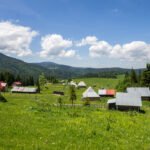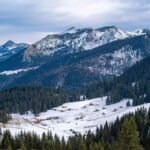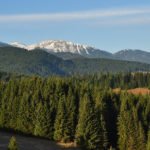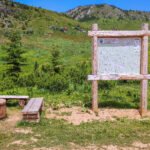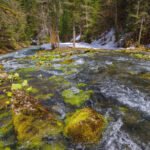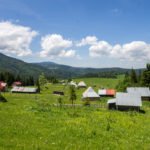Hajla
Many, however, consider Hajla the most beautiful mountain in Montenegro.
Located at the Montenegro-Metohija border. It often played the role of the delimiter in the past. However, from the beginnings of its existence, Hajla was a bond between two natural entireties, Prokletije and Kosovo – Metohija plain, and between people, too. Mokra is on its left. Its west border is a river which (somehow) belongs to the God – Bogska river (God’s river). The south border belongs to the fierce Pećka Bistrica, which goes through picturesque Rugovska gorge. The slopes of Hajla travel down the gorge, bringing several tributaries to Bistrica. The most important one is, allegedly, Alagina river.
The road over the pass and the border pass Kula goes towards Peć.
The height of its highest point at 2,403 m makes it the highest mountain in this northern group of Prokletije mountains.
Hajla is made of limestone and volcanic silicate and, due to this, its relief is versatile, indented and its shapes are diverse. Rocky cliffs, passes, ravines, valleys, plateaus, grassy slopes, woods, streams are quite unbeknown but more and more mountaineers and alpinists are coming there; they can find nice conditions for accommodation, too.
Hajla is like some modest, unobtrusive, beautiful shepherdess. It emerges from the morning fog, its color white from the edelweiss, or ruddy from the carnation, its smell intoxicating from the spruce and pine. The river Ibar gives it freshness and smile. All these things, the smile, the fragrance, the lightness are incorporated in its name, too.
Bandžovski huts are located at the foothill of Hajla. There are some rich grazing areas with loads of water here, woods and pastures, too. Cattle breeders go up around June 1 and they come back down in September.


